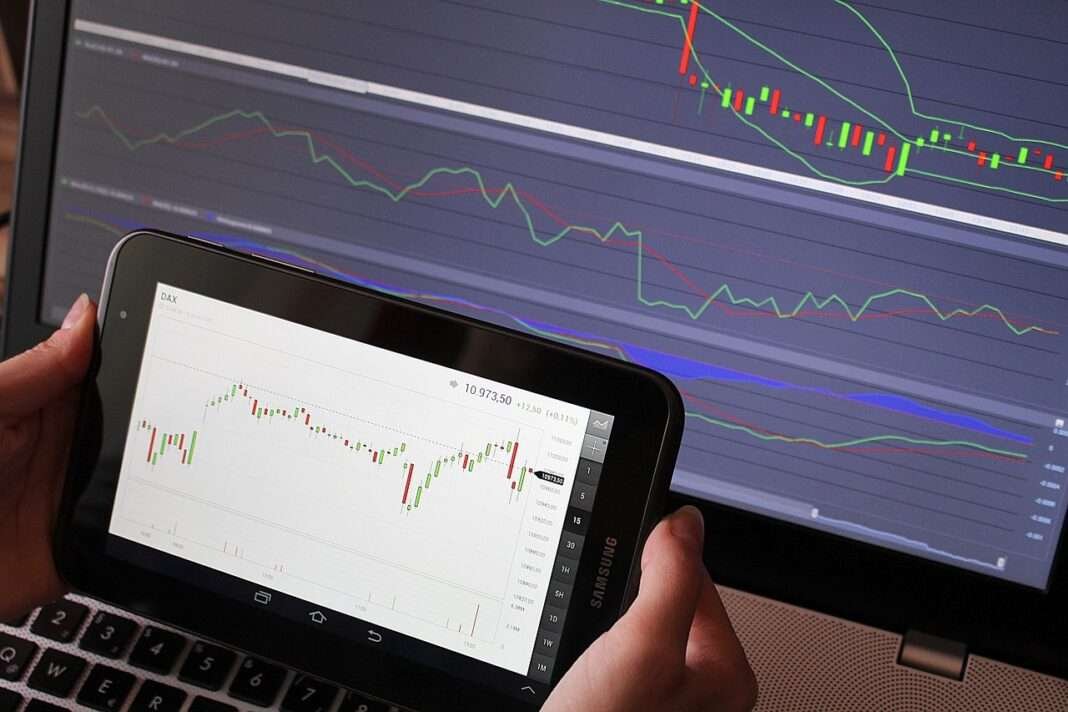What is S&P 500?
The S&P 500 index is used as a benchmark for many investors to gauge their portfolio performance. It was formed in 1957 to measure the performance of five hundred top companies. It also gives an insight into the economic state of affairs in the country.
Therefore, one of those counts on which investors, analysts, and policymakers rely is this indicator for such a global stock market. The S&P 500 index itself is an index with a wide range of industries, which makes it more representative than any other single index. Its constituents contain stocks from almost all sectors, such as technology, healthcare, finance, and consumer discretionary.
Thus offering a broad-based view of the US economy’s state. With time, it has become a symbol of the strength and resilience that measure American economic prowess.
Composition and Eligibility:
The fact that a company has been listed in the S&P 500 is an indication of good financials and significant market influence. The companies aiming to join this list have to meet stringent requirements as determined by S&P Dow Jones Indices that administer it.
These prerequisites include having a minimum market capitalization of $8.2 billion today and posting profits for the last four fiscal periods. In addition, these companies have to be listed on permissible United States stock markets as common stock-offering corporations only.
The eleven sectors that form the S&P 500 are segments of different parts of the economy. Such sectors include information technology, healthcare, financials, consumer discretionary, and industrials, among others.
Comprising firms from different industries, the index increases investors’ ability to access various sectors within the American economy. Thus minimizing concentration risk and enhancing portfolio diversification.
S&P 500 companies:
The companies that make up the S&P 500 are a veritable who’s-who of American corporate America. These firms go through a strict assessment process and have to satisfy certain standards before being incorporated into the index.
The selection process takes into account factors like market capitalization, trading volumes, and sectoral balance. The composition of firms is diverse to reflect how dynamic the U.S. economy is, with varying sizes, industries, and market capitalizations, among others.
Those investors who invest in S&P 500 companies are able to have a diversified stock portfolio. They derive it from companies that vary in size, from blue-chip firms to growth stocks. The companies in this index include technology leaders like
- Apple Inc.
- Microsoft Corporation
- Amazon.com, Inc.
- Tesla Inc.
- Alphabet, Inc. (Google)
- Facebook, Meta Platforms, Inc.
- Berkshire Hathaway, Inc.
- JPMorgan Chase & Co.
- Johnson & Johnson
- Visa, Inc.
Investing in S&P 500:
The S&P 500 is accessible to personal investors through index funds and ETFs. These products have been developed to mimic the returns of the S&P 500. For instance, the Vanguard 500 Index Fund Investor Shares (VFINX) follows up S&P 500.
The other ETF that also mirrors its performance is Spdr S&P 500 ETF Trust (SPY). Investing in these funds means investing in all the firms under the S&P 500. This enables them all to make just one investment, which results in diversification and convenience.
In addition, there are some brokerages that provide commission-free trading on these index funds and ETFs. They make them an affordable option for investors seeking broad market exposure.
Measurement and calculation:
S&P 500 index is calculated using a methodology referred to as market capitalization weighted. This means that companies with higher market capitalizations will have more influence on how they perform.
To get the value of such an index, we simply add up all the constituent firms’ market capitalization. The weight of each company in the index is calculated by dividing its market capitalization with that of the index.
This makes sure that the larger firms influence the movement of the index compared to smaller companies. The index is continuously recalculated on the basis of changing share price values for its constituent companies.
Therefore, investors are able to receive real-time information on how the U.S. stock market and broader economy are performing.
Performance and Returns:
Historically speaking, investors in the S&P 500 have, over a period of time, earned returns averaging about 10% per year. It is worth noting, though, that the results of this index may differ significantly from year to year as a result of changes in markets and economic factors.
For instance, during bull markets, the growth in the index could rise as it beats asset classes. And on the other hand, during bear markets, when investors look for alternatives with higher risks, we may see a drop in its value.
Although there have been short-term fluctuations, the long-term investors who stayed in this index were compensated for their patience. They enjoy the capital gains and dividends that it has provided over the years.
In addition, the consideration of its performance reminds us about how crucial disciplined investing and patience are when pursuing long-term financial objectives.
Milestones of the S&P 500:
Over the years, there have been many milestones recorded on the S&P 500 since its inception. It reflected how the U.S. stock market and economy have changed over time. These milestones include hitting new highs and surpassing the market cap.
Milestones of globalization and dealing with times of economic instability. For instance, in January 2024, the S&P 500 reached an all-time high. It demonstrated its ability to weather market uncertainties.
Besides, the market capitalization of this index has continued to rise over time, signifying that its constituent firms are expanding, as is the economy in America.
Additionally, the S&P 500 has been resilient through different market crises. These crises include the dot-com bubble burst in the early 2000s and the global financial crisis of 2008. This makes it a reliable indicator for investors.
Conclusion:
To conclude, the S&P 500 is a beacon of the U.S. stock market and serves as an indicator that reflects on how well the economy has performed. Through understanding its composition and investment opportunities, investors can make rational decisions to attain their financial goals.
By means of index funds, ETFs, or direct stock investment, the S&P 500 provides a way for investors to engage with and benefit from growth in prosperity across the U.S. economy.
Investors can rely on credible financial publications for further information. They can seek advice from reputable advisors, or use online tools offered by leading brokerage firms, for more readings and resources on investing in the S&P 500 and the stock market.






